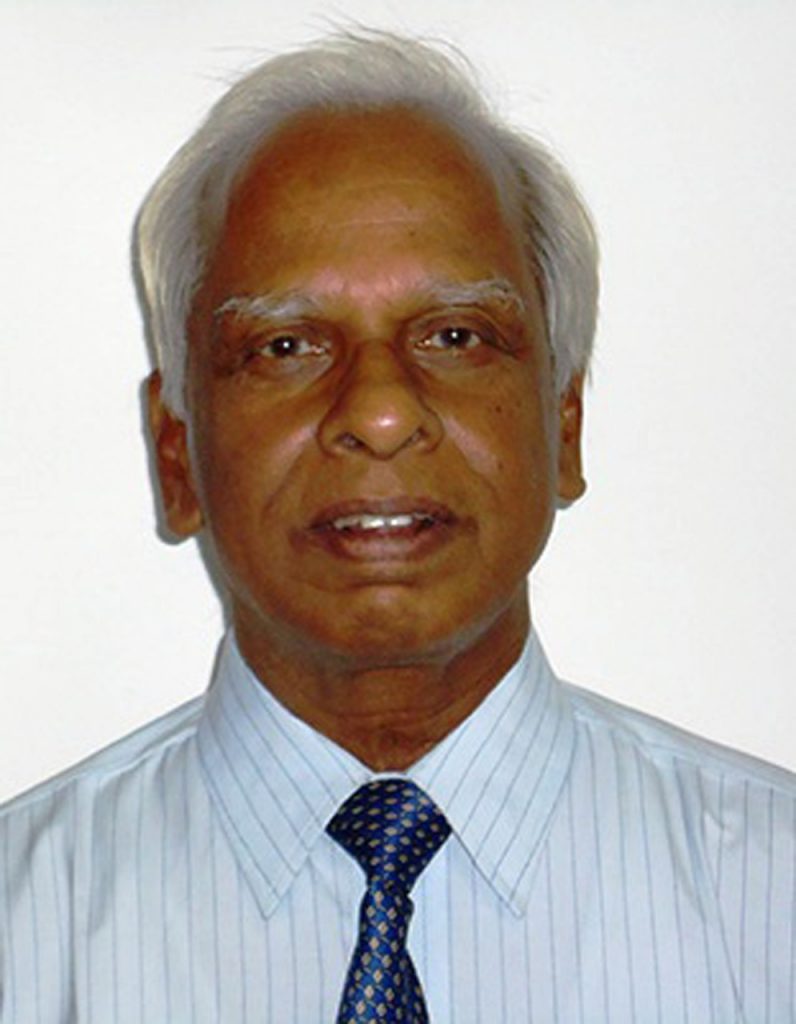My good friend from our B.A. days at Ravenshaw College, who is now a retired faculty member of English and lives in Bhubaneswar, called me up the other day. He asked how many letters there are in the Odia alphabet. He said that there is no consensus among experts on this matter. I was aware of the lack of consensus, I told him, but didn’t feel interested in the matter. When I told him that I didn’t know the answer to his question, he sounded surprised and asked, in a somewhat disapproving tone, how it was possible that I, being a linguist, didn’t know. I told him that I have read Odia writings from the tenth century to the present day without any difficulty. Maybe because of this, I have never felt the need to know how many letters there are in our alphabet. As for my being a linguist, linguistics, at least modern linguistics, deals with the issue of the sound-meaning connection in language. Alphabet is not even a peripheral concern for modern linguistics. At the same time, when you devise the alphabet for a language, which is about sound-letter correspondence, you seek the linguist’s help and quite rightly too. By the way, “sound-letter correspondence” does not mean that for each sound there has to be a separate letter in the alphabet. It is important to remember that the alphabet, after all, is a social matter, and the linguist’s alphabet must be acceptable to the relevant speech community.
I told him, “Look, the best person to answer your question is the primary school teacher, who teaches the alphabet to the children. He (she/they) is the expert on this matter, but no one thinks of him.” As for vowel letters in the Odia alphabet, the grammar book mentions thirteen sounds as vowel sounds in Odia; however, recalling my childhood days, I would say that our teacher taught us only ten of those – the ten which were used in modern Odia writing. For him, there were ten vowel letters in the alphabet, not thirteen. Likewise, he didn’t teach us all the consonant letters in the alphabet in the grammar book. Implementing the distinction between “badi baigana (brinjals grown in the courtyard)” and “pothi baigana (brinjals in the book),” he taught us only those that were used in writing. “Ask your question to the primary school teacher. He is the expert.” I told my friend in a tone of finality.
What the experts are really talking about, I told him, is not how many letters there are in the alphabet but how many letters should be there. Quite understandable. “Should” has a power dimension; “is” has none. So, not unexpectedly, there is a lack of agreement among them. It is common knowledge that one expert’s logic is often another expert’s illogic, not just with respect to this matter but most other matters as well. “Nana muni, nana mata (roughly, as many sages, so many opinions),” as the Odia saying goes. Some of our language experts argue that there is a need for script reform, and they want their alphabet to be used in language teaching, whether it has the approval of the speech community or not. I told my friend that we need not discuss these matters now. It would be premature since there is no experts’ alphabet yet.
Interestingly, there is no comparable interest in the number of sounds Odia has. English has 44 sounds and 26 letters. There has been talk about the number of letters, but not about the number of sounds, in the case of our language. I, at least, do not know the reason for this lack of interest. The Odia phonetic alphabet has not been prepared yet, to the best of my knowledge. If this is correct, then it shows that the experts are also not interested in the matter. It is a task for the specialist – the phonologist; therefore, there is no need for acceptance by the speech community.
This was about ten years ago. A young doctor friend, who is a genuine language activist, asked me whether Odia had diphthongs, which are vowel glides. We can think of it as a “mixed vowel.” The first vowel in the word “baikuntha” is a diphthong, the second one is a pure, not mixed, vowel. I told him that the way we pronounce “baikuntha” or “kauraba” shows that the language has mixed vowels. He told me that he had heard an Odia linguist in a public lecture say that our language does not have diphthongs. When I asked him whether the speaker meant that there is no word for diphthong or that there is no diphthong, he said he made the latter assertion. I told him that there is a simple way to find out: he must pronounce the word “baikuntha” and decide. Would he pronounce the first vowel as “ai” (one sound) or “a” and “i” (two sounds)? If he felt unsure of himself, a spectrograph would help, certainly not another linguist. He should go to an acoustic phonetician. Machines do not have certain human limitations relevant in this context.
Years later, on a late night, as I was trying to sleep, I remembered my conversation with my doctor friend. I remembered how my mother (that was in the mid-forties of the last century) pronounced “gauri.” She would pronounce the first vowel as “a – u,” not “au,” and the first vowel of “baikuntha” as “a – i,” not “ai.” That is, she did not pronounce diphthongs. Many in the village surely did the same, which was why our teacher at school would ask us to pronounce diphthongs in the relevant words, instead of two separate pure vowels. “That is how the gaunli loke (village folk) talk,” our teacher told us. “Educated” people used diphthongs. I am sure my mother, with her lower primary education in her village, spelt the word “gauri” with three letters: “ga – u – ri.” We, her well-educated children, spelt it with two letters: “gau – ri.”
I realized at that late night that for some people in my speech community, who do not or barely have formal education, there are no diphthongs. They are as much a part of the Odia speech community as those who have had formal education. They only use a slightly different variety of the language. The difference would mainly be in pronunciation and vocabulary. The educated tend to look down upon that variety as inferior. That’s the arrogance of the educated.
Now, language is a totality of all its varieties, and it must never be forgotten that no variety is inherently superior to the other. For my mother and others like her, who did not receive much formal education, the number of vowel letters in the Odia alphabet would be two fewer than in the alphabet of the educated. Incidentally, those who are educated and pronounce a diphthong but, like my mother did, write two separate letters for it, are indeed making a statement.
In sum, my friend’s question, namely, how many letters there are in the Odia alphabet, does not have a single correct answer. The answer must be context-dependent. Come to think of it, isn’t it the case with many real-life questions?
(The views expressed are the writer’s own)

Prof. B.N.Patnaik
Retd. Professor of Linguistics and English, IIT Kanpur
Email: bn.patnaik@gmail.com
(Images from the net)

